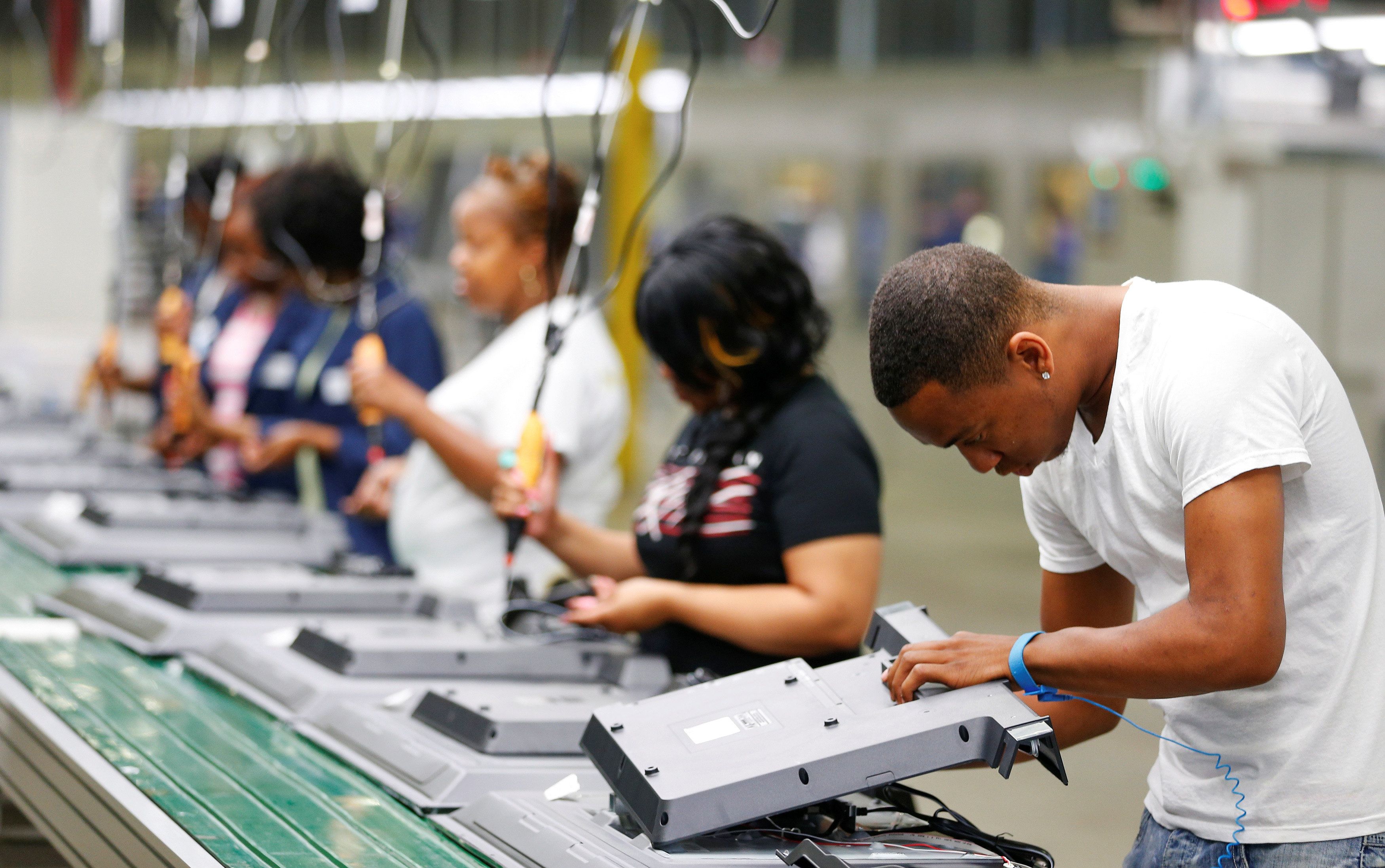July 30, 2019
Today US Treasury Secretary Steven Mnuchin and trade representative Robert Lighthizer were in Shanghai to meet with China's top trade negotiators. This week's meetings, which began on Tuesday, mark the first time the two sides in the world's most important trade dispute have met in person since the last round of talks broke down in May.
What's at stake: The US and China are trying to reach an agreement that would reduce or eliminate tit-for-tat tariffs they have imposed on roughly $360 billion of each other's goods, from Shenzhen electronics to California wine. The costs of those tariffs are being borne by businesses and consumers (i.e. you). Bigger picture, the US is using this fight to try to get China to agree to new ground rules for economic competition in the 21st century – particularly in the tech sector, an industry that both China and the US see as vital to their future economic and national security.
What's changed since May: China's economic growth has slowed to its weakest rate in almost 30 years, but that's only partly due to US tariffs. Donald Trump is three months closer to the November 2020 election, and he's itching to make a deal that will ease financial strain on US farmers, an important political constituency. Most importantly, the US has banned most US tech companies from selling equipment or software to Huawei, China's most important global technology company. The ban threatens Huawei's global business model, and China's willingness to meet US trade demands may now hinge on the Trump administration restoring Huawei's access to critical hardware and software.
What happens now: This week's meetings are just an opening bid to restart talks that flew off the rails after Chinese negotiators backtracked on several concessions in May. With the two sides still far apart on important issues, like opening China's cloud computing market to US technology giants and protecting intellectual property, and China hawks in Congress eager to tie President Trump's hands when it comes to a reprieve for Huawei, it's going to be a long slog to get to an agreement that President Trump and Xi Jinping can shake on. As Trump himself noted on Tuesday, at some point, China may decide it's better just to wait and see if there's a new occupant in the Oval Office after the 2020 US election who's more willing to strike a deal. lWe'll be watching the official statements out of Shanghai, and President Trump's Twitter feed, for signs of how talks are progressing.
More For You
Can we still trust Wikipedia in an age of polarization and AI? Cofounder Jimmy Wales joins Ian Bremmer to explain why millions still do.
Can we still trust Wikipedia in an age of polarization and AI? Cofounder Jimmy Wales joins Ian Bremmer to explain why millions still do.
We can't really agree on anything, except for Wikipedia.
Most Popular
Think you know what's going on around the world? Here's your chance to prove it.
Women work in the plastic container assembly area inside the El Oso shoe polish factory, located in Mexico City, Mexico, in its new facilities, after officers from the Secretariat of Citizen Security and staff from the Benito Juarez mayor's office arbitrarily and violently remove their supplies, raw materials, machinery, and work tools on January 17 of this year following a coordinated operation stemming from a private dispute. On August 27, 2025.
Photo by Gerardo Vieyra/NurPhoto
50: Mexico’s President Claudia Sheinbaum is taking a page out of US President Donald Trump’s book, implementing up to a 50% tariff on more than 1,400 products in a bid to boost domestic production.
© 2025 GZERO Media. All Rights Reserved | A Eurasia Group media company.
